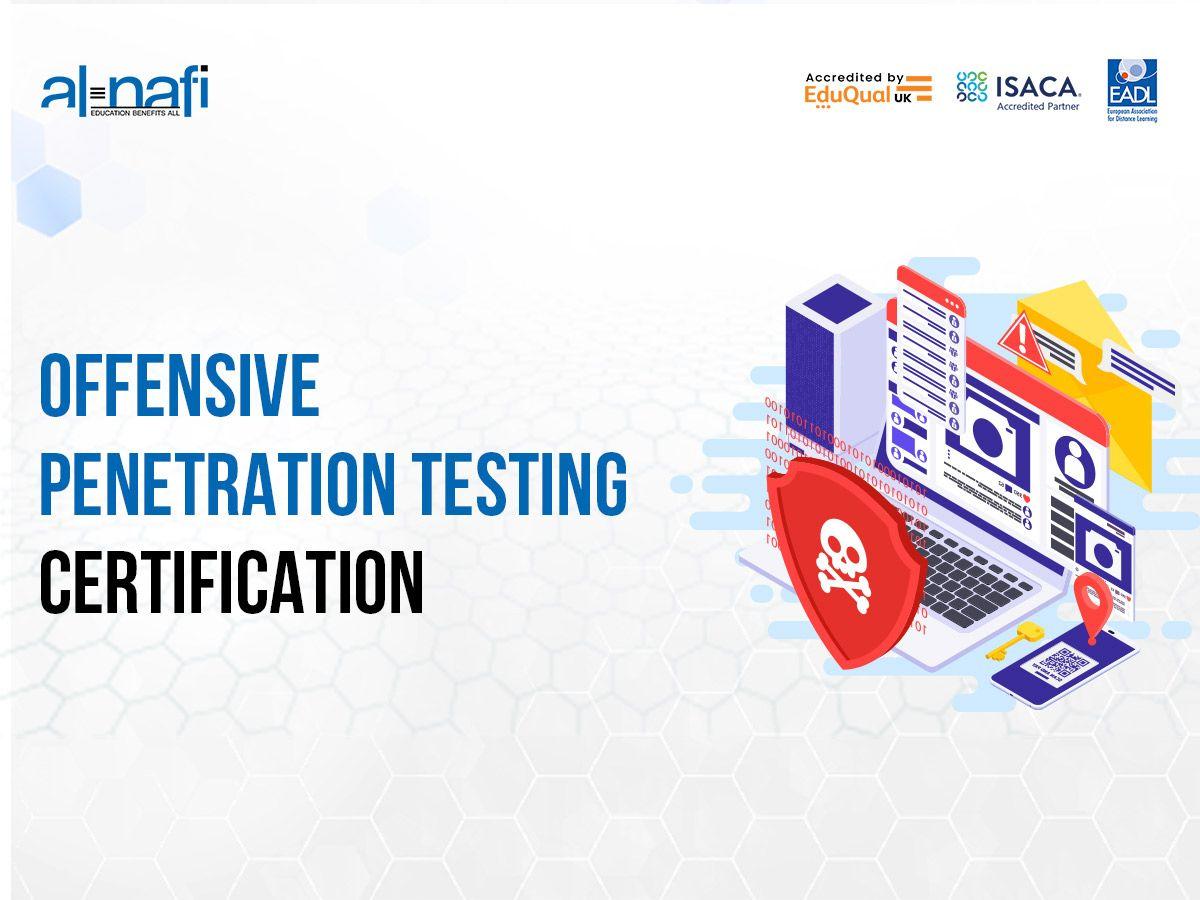digital Academic Transcripts: Transforming the Future of Credential Verification
Discover how digital academic transcripts are revolutionizing credential verification,improving security,efficiency,and trust in academic and professional sectors worldwide.
Introduction: The Evolution of Academic Credential Verification
For decades,academic transcripts have served as the foundation of educational verification. traditionally, verifying an individual’s academic credentials meant dealing with paper-based records—manual processes that were time-consuming, costly, and often prone to errors or fraud.
today, as digital transformation sweeps through higher education and professional sectors, digital academic transcripts are rapidly becoming the norm. These secure electronic documents are reshaping the future of credential verification by introducing automation, enhanced security, and globally accessible records.
What Are Digital Academic Transcripts?
Digital academic transcripts are authenticated electronic documents that securely record a student’s academic history. Instead of relying on physical paper,institutions now offer digital formats—such as PDFs,blockchain-based records,or cloud-managed platforms—to encapsulate and share transcripts.
- Issued directly by educational institutions, ensuring authenticity
- utilize secure encryption and digital signatures to prevent tampering
- Allow real-time, hassle-free sharing between students, employers, and institutions
- Frequently designed for easy integration with systems like LinkedIn, Common App, or HR platforms
Why Digital Academic Transcripts Matter
As globalization and digitalization accelerate, the need for quick, reliable, and secure credential verification grows more pressing. This is especially true for:
- University admissions and credit transfers
- Recruitment and background verification processes
- Professional licensing and certifications
- International student mobility
By making transcripts instantly verifiable and tamper-proof, digital solutions are enhancing trust in academic records everywhere.
key Benefits of Digital Academic Transcripts
The adoption of digital academic transcripts brings a host of benefits for students, educational institutions, and verifying organizations:
1.Enhanced Security and Authenticity
- Encryption & Digital Signatures: Prevent forgery and unauthorized alterations.
- Verification Portals: Provide employers and institutions with direct access to authenticated records through secure links or QR codes.
- Blockchain Technology: Some systems leverage blockchain to make records immutable and instantly verifiable on a global scale.
2. Speed and Accessibility
- Instant Delivery: Share transcripts with a click, eliminating postal delays or manual processing.
- Anytime, Anywhere Access: Students and administrators can retrieve and send records from any location, making the process seamless for international applications.
3.Cost and Resource Efficiency
- Reduced Administrative Load: Automating transcript generation frees up staff time for more valuable tasks.
- Lower Operational Costs: No postage,print,or storage expenses.
4. Eco-Friendly Solution
By cutting out paper, envelopes, and transport, digital transcripts contribute to institutional green initiatives and support sustainability.
Digital Academic Transcripts in Practice: Case Studies
University of Melbourne’s Digital Badges and Transcripts
In 2019, the University of Melbourne launched a digital credentials platform that enabled students to receive both digital badges and official digital transcripts. This move facilitated rapid, borderless verification for over 50,000 students annually, supporting job seekers and graduates in a competitive global market.
The World Education Services (WES) Blockchain Pilot
The WES, in partnership with several North American universities, successfully piloted blockchain-secured digital transcripts. This technology ensured that records were tamper-proof and enabled streamlined international degree equivalency verification—a major breakthrough for immigrant and international students.
Best Practices for Adopting Digital Academic transcripts
Institutions transitioning to digital transcript management can maximize their success by observing several best practices:
- Choose Secure, Interoperable Platforms: Ensure your digital transcript provider supports secure transfer protocols, open standards (like XML, PDF/A), and APIs for easy integration.
- Educate & Empower Stakeholders: Train staff and inform students about new processes, emphasizing security, usability, and advantages.
- Maintain Compliance: Align with regulations like FERPA, GDPR, and local privacy laws to safeguard student data.
- Leverage Automation: Use automated workflows for issuing,archiving,and verifying transcripts to minimize errors and delays.
Tips for Students and graduates: Navigating the Digital Transcript Era
- Request Early: If your institution offers digital transcripts,request them ahead of critically important deadlines for jobs or admissions.
- Check Verification Methods: Understand how your transcripts can be verified (e.g., dedicated portals, blockchain hashes, QR codes).
- Safeguard Your Credentials: Store digital copies securely in password-protected cloud storage or encrypted drives.
- Update Your Resume and LinkedIn: Use digital credential links to showcase your verified qualifications to employers and networks.
Challenges and Future Trends in Digital Credential Verification
While digital academic transcripts offer transformative benefits, some challenges remain:
- Interoperability: Aligning standards across countries and institutions for seamless sharing and verification.
- Technological Equity: Ensuring all students have access to the necessary digital infrastructure.
- Long-term Preservation: Safeguarding digital records for decades, beyond changing tech platforms and providers.
Future developments—such as widespread blockchain adoption, AI-powered credential validation, and regulatory harmonization—will likely overcome these hurdles and make digital credential verification universally accessible and trustworthy.
Conclusion: The New Standard for academic Credentials
As we advance into an increasingly digital future, digital academic transcripts are emerging as the gold standard for credential verification. From speeding up admissions and job applications to reducing administrative overhead and fraud, their impact is undeniable.
For students, educators, and employers alike, embracing this technology is not just an option, but a necessity for staying ahead in a rapidly evolving world. By investing in secure, interoperable, and forward-thinking transcript solutions, academic institutions and organizations can empower individuals, foster trust, and pave the way for global academic and professional mobility.
Ready to take the next step? Stay informed about the latest trends in digital credential verification to ensure you’re always ahead of the curve!

